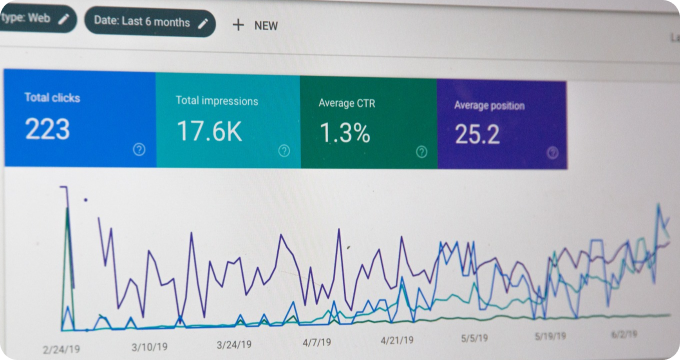State Ramp Assessors Industry Report: Unveiling Key Findings and Crucial Insights
- March 26, 2024
- 2 minutes
The landscape of state ramp assessors is an intricately complex and dynamic field that requires an in-depth understanding. It coalesces an array of elements such as government regulations, accessibility legislations, architectural standards, and technological advancements. This post aims to unveil key findings and offer crucial insights into the state ramp assessors’ industry, examining its foundations, growth trajectory, technological innovations, regulatory framework, challenges, and future prospects.
Ramp assessors, specifically, are professionals tasked with ensuring the compliance of ramps (sloping surfaces connecting different levels) with the prescribed accessibility standards. They are primarily engaged in evaluating the specifications of ramps, primarily used by individuals with mobility impairments, in accordance with the guidelines set by the Americans with Disabilities Act (ADA). The ADA is a civil rights law passed in 1990 that prohibits discrimination against individuals with disabilities in all areas of public life.
State Ramp Assessors operate within the legal framework mandated by the ADA, ensuring that the design and installation of ramps meet specific requirements like slope, width, and handrails, among other factors. These professionals typically come from backgrounds in civil engineering or architecture, and their services are utilized across public and private spaces such as residential buildings, offices, public parks, shopping malls, and more.
The rise of the state ramp assessors' industry can be traced back to the enactment of the ADA. Prior to the ADA, there was a lack of comprehensive national standards for ramp design and installation, leading to widespread inaccessibility for individuals with mobility impairments. The ADA's introduction, and subsequent amendments, catalyzed the growth of this industry. It brought about nationwide standardization and strict enforcement mechanisms that necessitated the services of state ramp assessors.
Technological advancements have had a profound impact on the industry. Innovations such as digital measurement tools, 3D modeling software, and advanced simulation techniques have enabled more precise assessments, efficient auditing, and predictive analysis. However, these advancements are a double-edged sword. While they offer numerous benefits, their implementation can also be cost-prohibitive, particularly for smaller companies or freelance assessors. Moreover, the rapid pace of technological evolution necessitates continuous learning and adaptation on the part of the assessors.
Inevitably, the state ramp assessors industry is not without its challenges. A prominent hurdle is the harmonization of state-specific codes with ADA standards. Some states have their own regulations regarding ramp design and installation, which may not align perfectly with ADA guidelines. This necessitates a nuanced understanding of both state and federal laws on the part of the assessor. Furthermore, the field also grapples with issues of professional development, requiring constant upskilling to keep pace with evolving regulations and technological innovations.
Looking ahead, the state ramp assessors industry is poised for significant growth. The aging population trend in the United States signals an increasing demand for accessible infrastructure, thus more opportunities for ramp assessors. Simultaneously, with the rise of smart cities and the Internet of Things (IoT), one could speculate on the potential integration of accessibility infrastructure with technology. This could mean a future where ramp assessors not only evaluate physical compliance but also the interoperability of ramps with assistive technology.
In conclusion, the state ramp assessors industry is a critical component of ensuring accessibility and inclusivity in our communities. It is an industry shaped by legal and technological frameworks and driven by the necessity of advocating for the rights of individuals with disabilities. Despite its challenges, the industry holds promising potential for growth and advancements, making it an exciting field to watch.
Learn More
Unearth the secrets of state ramp assessors and elevate your knowledge by delving deeper into our enlightening blog posts. For a comprehensive view, they are encouraged to explore our meticulously curated rankings of Best State Ramp Assessors.
Popular Posts
-
 State Ramp Assessors Industry Report: Unveiling Key Findings and Crucial Insights
State Ramp Assessors Industry Report: Unveiling Key Findings and Crucial Insights
-
 Debunking 10 Myths Surrounding State Ramp Assessors: A Closer Look at the Industry
Debunking 10 Myths Surrounding State Ramp Assessors: A Closer Look at the Industry
-
 5 Things I Wish I'd Known About State Ramp Assessors Before Hiring One
5 Things I Wish I'd Known About State Ramp Assessors Before Hiring One
-
 How to Hire a Qualified State Ramp Assessor: A Comprehensive Guide
How to Hire a Qualified State Ramp Assessor: A Comprehensive Guide
-
 Ask These Questions to a State Ramp Assessor to Choose the Right One for Your Needs
Ask These Questions to a State Ramp Assessor to Choose the Right One for Your Needs






